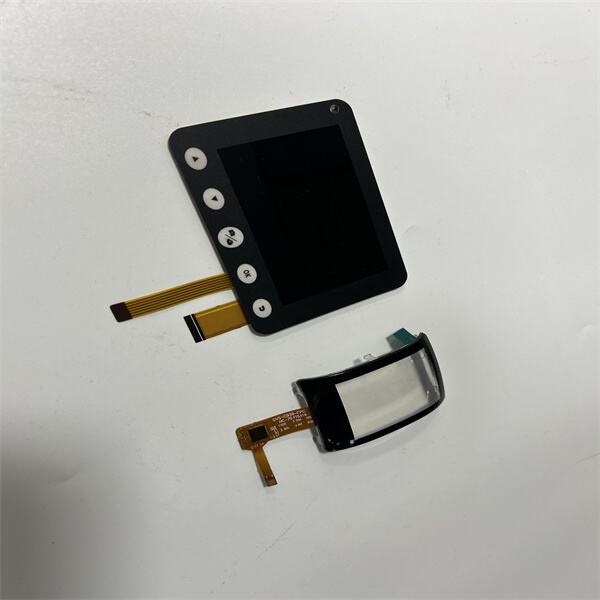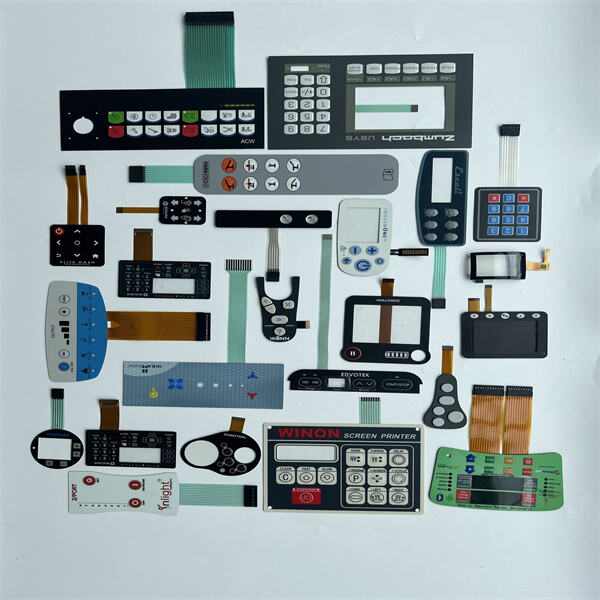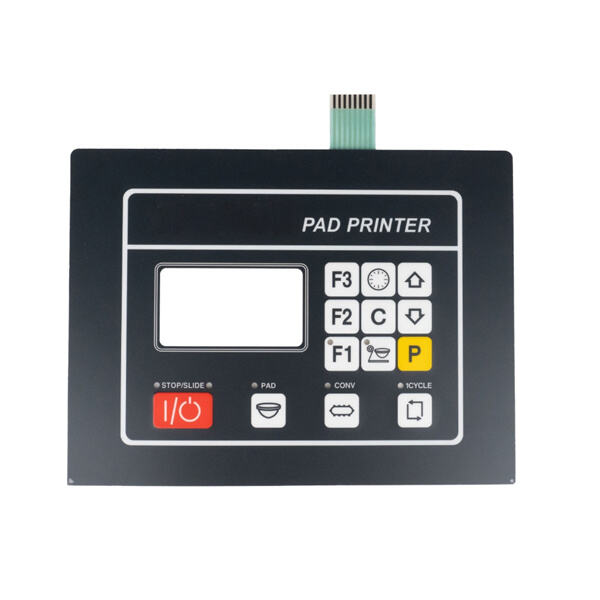Force sensitive resistors (FSRs) are interesting electronic components that are able to sense compression of the sensor and determine pressure or weight. These can be found in a large variety of electronic devices. Touch screens and interactive devices would not be ready for prime time without them. We’ll find out more about how FSRs operate, in what environments they are found and why they are crucial in electronic design, including power saving measures or interactive devices, and the advantages that they bring to the field of robotics and automation.
FSRs operate by changing their resistance in response to force or pressure. They are constructed from a material that conducts electricity and are attached to two metallic parts. The FSR's resistance decreases as more pressure is applied. But when you push on it, material on the interior of the object gets squeezed, reducing the resistance. We can measure this change to determine pressure or weight on the FSR.
FSRs are used in a wide variety of technological domains. Touch screens typically use them to check for when and where an object touches the screen. They are also employed in pressure sensors, medical instruments, and musical instruments. FSRs can be integrated in interactive floors and walls which react when you walk or touch them.

Force sensitivity is extremely valuable to electronics, because it allows devices to respond to touch and pressure. Without FSRs, touchscreens wouldn’t know when they’re being touched. It would make them more difficult to use. Makers can, therefore, make their electronic devices more intuitive and more enjoyable to interact with by simply including FSRs.

FSRs are especially important to creating interactive interfaces that respond to touch and pressure. As one example, in a touch screen device, sensors in the touch screen are used to determine when a person makes contact with the touch screen. That information is then employed by the device’s software to do actions like scrolling, zooming or selecting options. Without FSRs, you couldn’t do any of those things.

In robotics and automation, FSRs provide a sense of touch to robots. This allows them to interact with objects and environments more like humans. For instance, a FSR-equipped robot can safely lift and move delicate materials without causing them to shatter. FSRs can also contribute to the development of safety systems that would cause a robot to halt if it encounters something unfamiliar. FSRs enable these to make robots and automation more flexible, reactive and safe.


Copyright © Dongguan Soushine Industry Co.,Ltd. All Rights Reserved - Privacy Policy